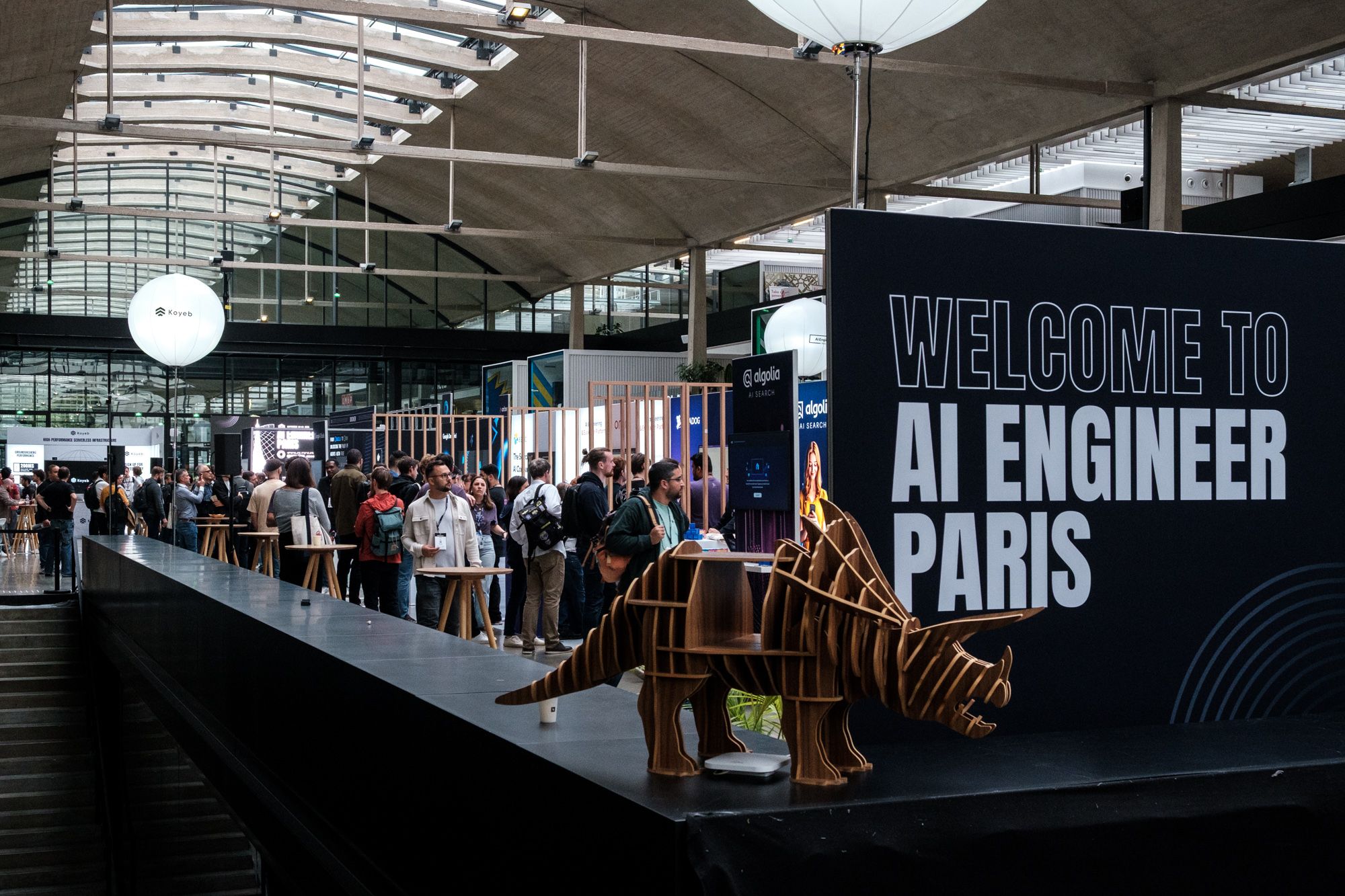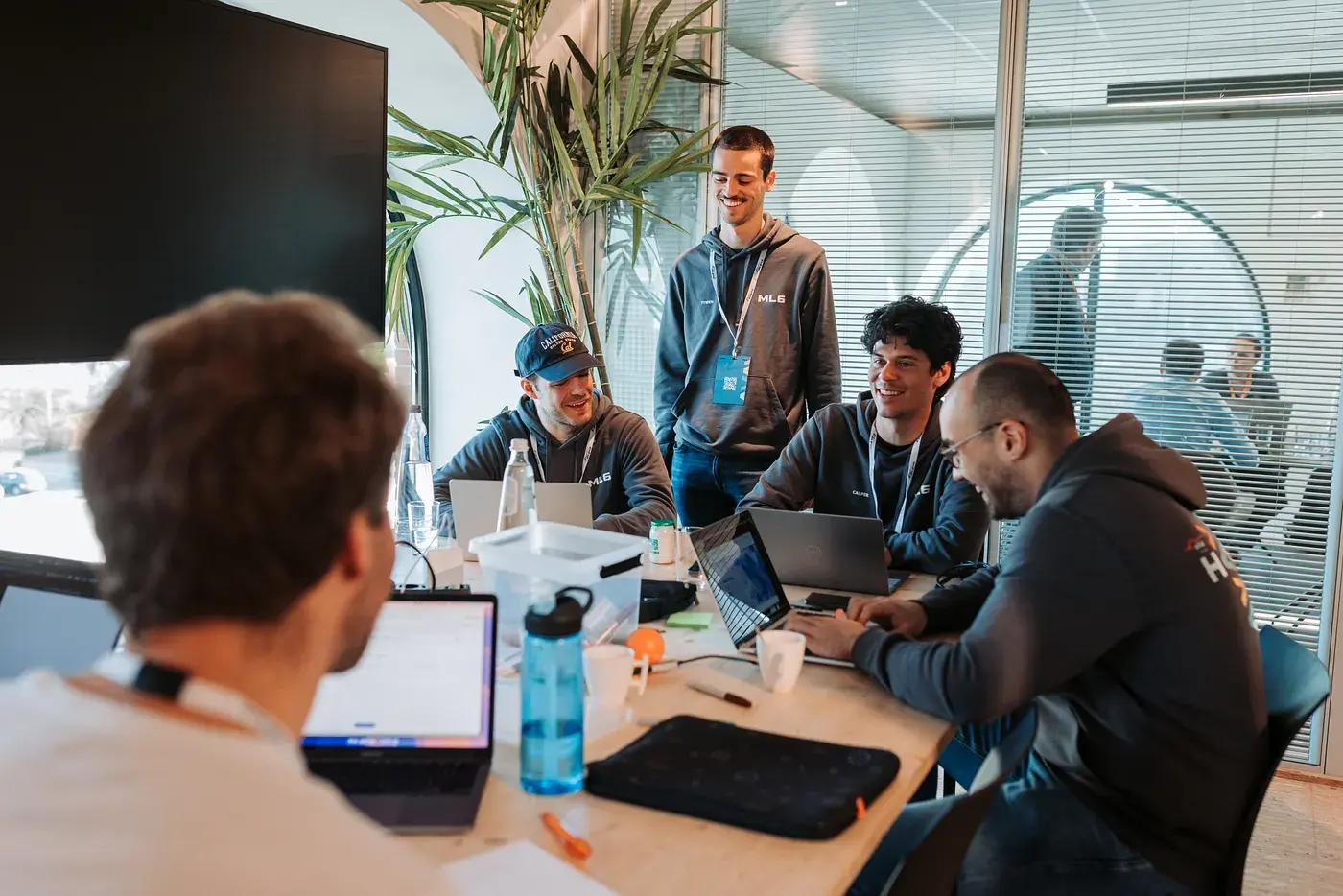The Smartest Buy Yet: How AI Is Redefining the Future of Procurement
Executive Summary
The article explains how Artificial Intelligence (AI) is transforming procurement from a tactical, manual function into a strategic driver of value, innovation, and resilience. By leveraging technologies such as machine learning, natural language processing, and Generative AI, organizations can automate and optimize every stage of the procurement lifecycle—from intelligent sourcing and supplier risk management to contract analysis and the procure-to-pay (P2P) process. The rise of integrated “Agentic AI” systems enables end-to-end workflow automation, predictive risk detection, and data-driven decision-making, while maintaining a human-in-the-loop approach to ensure strategic oversight. Ultimately, AI empowers procurement teams to reduce costs, improve efficiency, and proactively manage risks, positioning the function as a key enabler of organizational competitiveness and agility.








